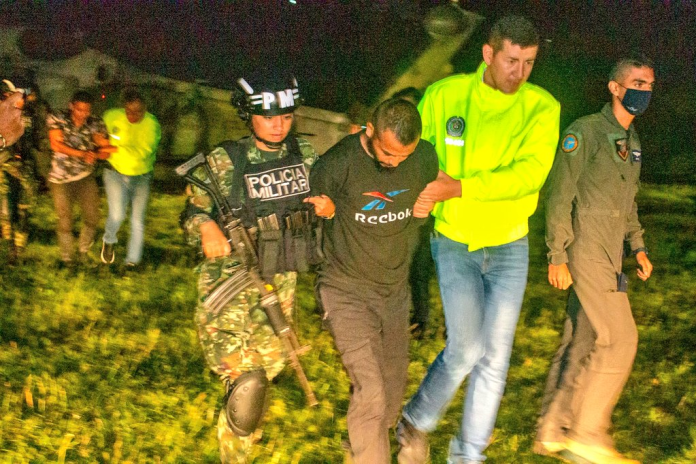Ten Captured, Three Killed:
At least 10 members of the Dagoberto Ramos Structure of the Revolutionary Armed Forces of Colombia’s leading Estado Mayor Central faction (FARC-EMC), were arrested while over a ton of marijuana was seized following a skirmish in Chaparral, a municipality located in Colombia’s central Tolima Department.
Authorities also rescued four minors who were forcibly recruited by members of the FARC, while three members of the armed organization were killed during the skirmish on Thursday.
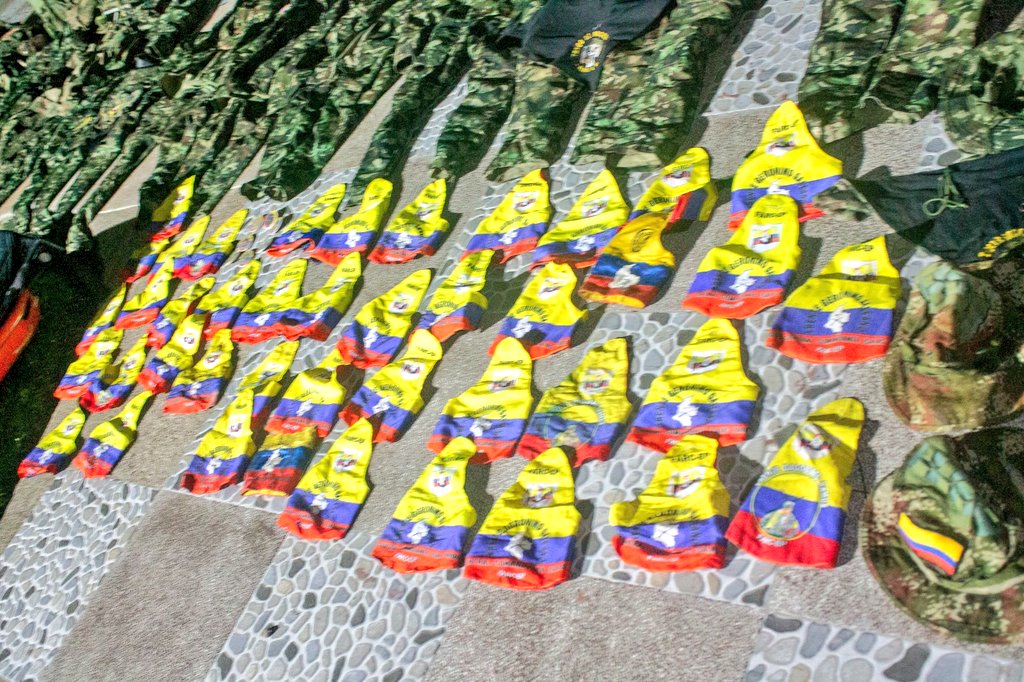
The FARC-EMC is known for kidnapping minors in rural Colombia, many of whom belong to indigenous communities, in order to fill their ranks. The group is largely active in the countryside of Colombia, where they often produce narcotics, extort, and ransom those living nearby.
Military operations and skirmishes between the FARC and government forces have broken out in recent weeks following the dissolution of a ceasefire between the two groups last Friday after members of the FARC-EMC attacked an indigenous community, killing one community leader and wounding two others.
A Leader Captured:
Authorities further reported the capture and arrest of one of the country’s most wanted FARC-EMC leaders, Paola Andrea Leguízamo Paredes, also known by the alias “Mabel,” in another operation. Mabel is thought to be a key leader of the FARC’s southern Carolina Ramírez structure and is believed to be responsible for extorting locals, ordering and committing killings, and aiding in the smuggling of narcotics.
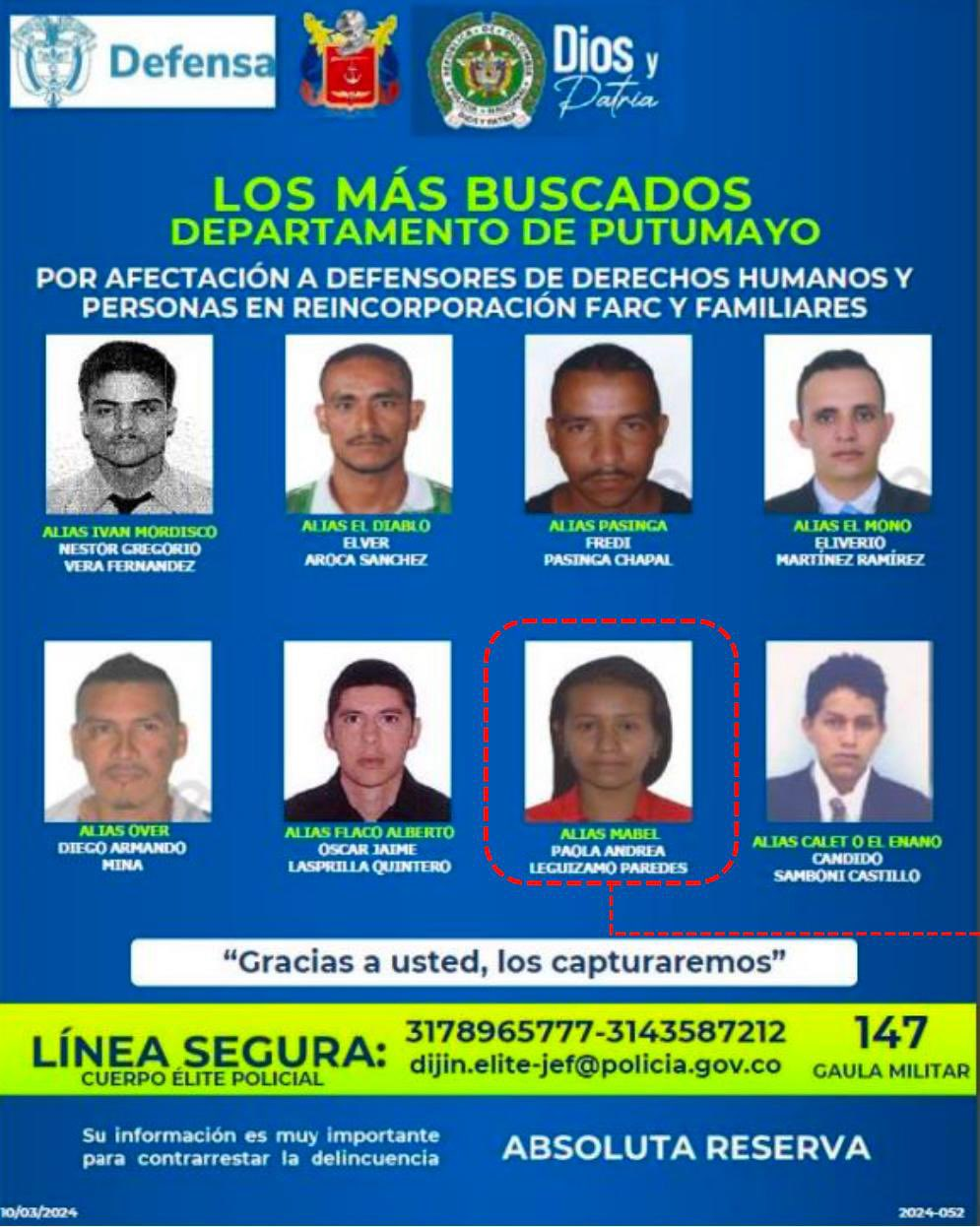
The operation that saw the arrest of Mabel was organized and maintained for months following the guerilla leader’s moving out of Colombia’s southern jungles into a nearby town in order to give birth to her child, who is thought to have been fathered by another member of the structure. The judge who ordered her arrest sentenced Mabel to house arrest due to her recent child-birth.
Analysis:
The Colombian military has launched a number of assaults against the FARC-EMC following the dissolution of the ceasefire, which had been in place since October 2023.
These operations have seen success, as over several tons of narcotics have been seized from the FARC-EMC since the initial operations against the group began, while a number of influential leaders of the armed group have also been captured. However, so long as senior FARC leadership evades capture, the FARC is sure to maintain operations with little change.
Operations against the FARC-EMC are expected to continue following the dissolution of a truce between the group and the government last week. With the beginning of Holy Week, clashes between the FARC-EMC and the Colombian government are likely to continue as the week of religious services is sure to be a target for the FARC, especially with Easter fast approaching.
Conflict between the government and the FARC-EMC will likely have dire effects for those living in rural Colombia, where the FARC-EMC holds a great deal of territory away from the eyes of the government.
A Broken Truce:
These operations come over a week after Colombian President Gustavo Petro dissolved the ceasefire between the FARC and the Colombian government after the FARC attacked an indigenous community, killing a community leader and wounding two others in the attack.
The community leader, Carmelina Yule Pavi, was killed after attempting to help two minors who were in the process of being kidnapped by the FARC, likely to serve as forced conscripts in the organization’s war against the government.
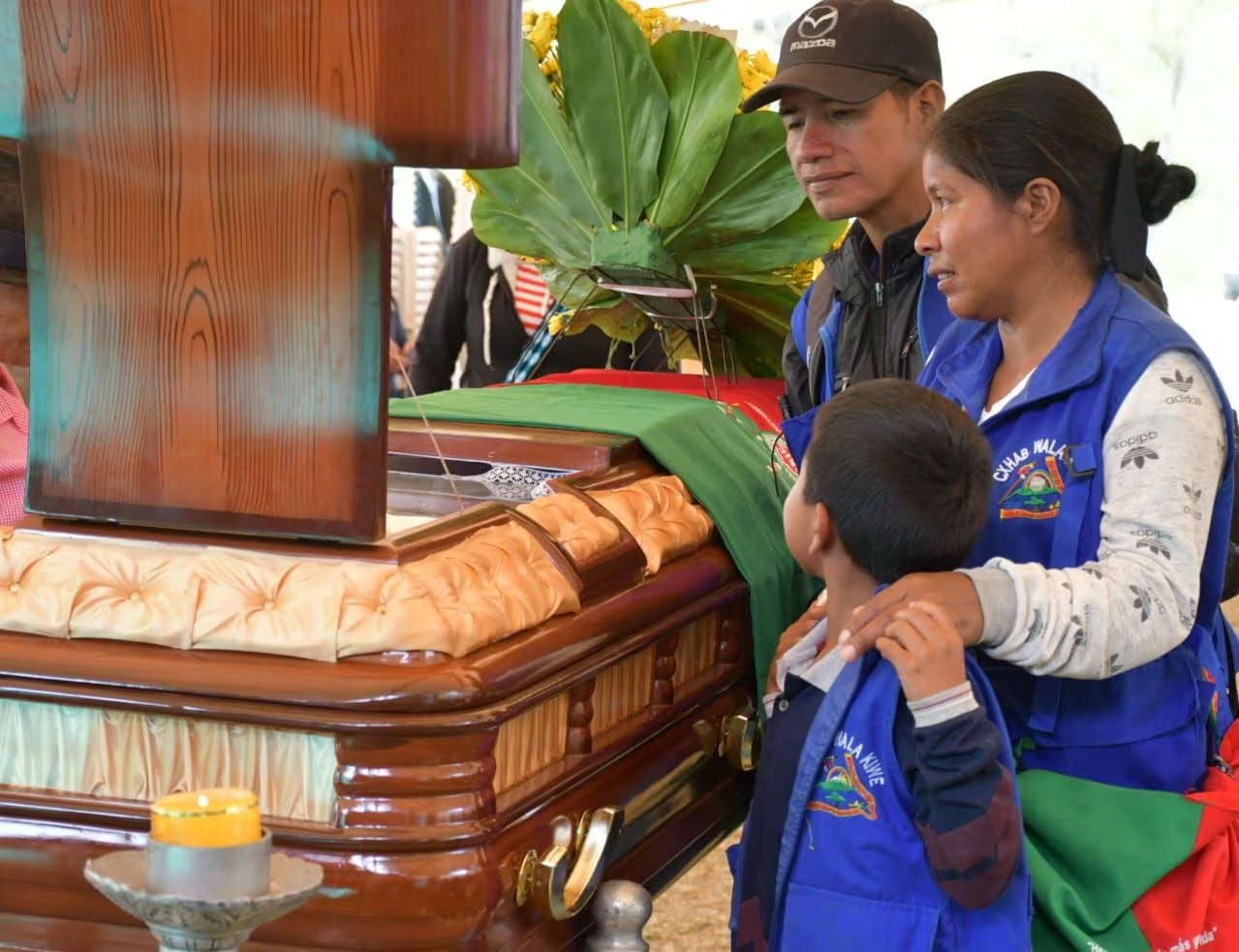
Attacks against this community did not stop, however, as the caravan that was transporting Yule’s body was attacked by the FARC.
The community would identify five of the attacker’s identities; those alleged to be responsible for the attack are known as Zapata, Brayan, Amazonas, Pulga, and Cabañas. The community further stated that if the FARC fails to release two other minors it kidnapped on Tuesday, the community will mobilize.
“During the night, we will call for a territorial mobilization like never before seen in the history of Çxhab Wala,” the Association of Indigenous Councils said in a post on Facebook, “which will be reinforced during the day tomorrow by the other territories of Páez, and we will proceed to rescue the minors.”
“Los que dispararon son unos cobardes”: el desgarrador testimonio de Francy Liliana Ascué, nieta de la líder indígena Carmelina Yule, quien presenció todo el ataque de las disidencias de Iván Mordisco contra una comunidad desarmada. https://t.co/if1kX8q65f pic.twitter.com/oYPxoZAWBw
— Revista Semana (@RevistaSemana) March 19, 2024
The ceasefire, which was originally brokered in October, was part of Petro’s plan to bring “total peace” to Colombia by engaging in diplomatic measures and negotiating ceasefires with the various armed groups active in Colombia, bringing an end to the decades-long conflict that has taken the lives of 450,000 people.
This plan, however, has faced backlash as protestors convened on the Plaza de Bolivar in Bogota last weekend, where they would decry the government’s lack of action against the FARC and other armed groups that they claimed continued violence against rural Colombians despite the ceasefire.
Following the broken truce, the Colombian military would engage in operations against the FARC, leading to a clash in Putumayo, located in southern Colombia.
The Colombian Military would state in a post on X after the clash that four members of the Carolina Ramírez Front, a part of the FARC, have been detained while “29 explosive devices, five rifles, a pistol, abundant ammunition, communications equipment, as well as quartermaster material have been seized.”
FARC-EMC:
The FARC, otherwise known as the Revolutionary Armed Forces of Colombia, were originally leftist guerillas dedicated to bringing class revolution to Colombia during a period in the nation’s history known as “La Violencia,” otherwise known as the Violence. This period followed the assassination of the Liberal Party’s leader and presidential frontrunner, Jorge Eliécer Gaitán, in 1948, an assassination that would throw Colombia into chaos.
After his death, leftists in Bogota began what is known as the Bogotazo, a massive riot that quickly expanded across Colombia, leading to La Violencia. A number of right-wing paramilitary organizations and leftist guerilla groups would be formed during this period of Colombian history.
One of the most well-known was the Revolutionary Armed Forces of Colombia, or FARC. The group would find its formation after a failed attack in 1964 by the Colombian military on what was known as a self-defense community, one of a number of communist-held areas in rural Colombia. Despite the communists only having 48 active fighters opposed to the 16,000 Colombian soldiers, the group would survive the attack and escape to the nearby mountains where the FARC would be formed.
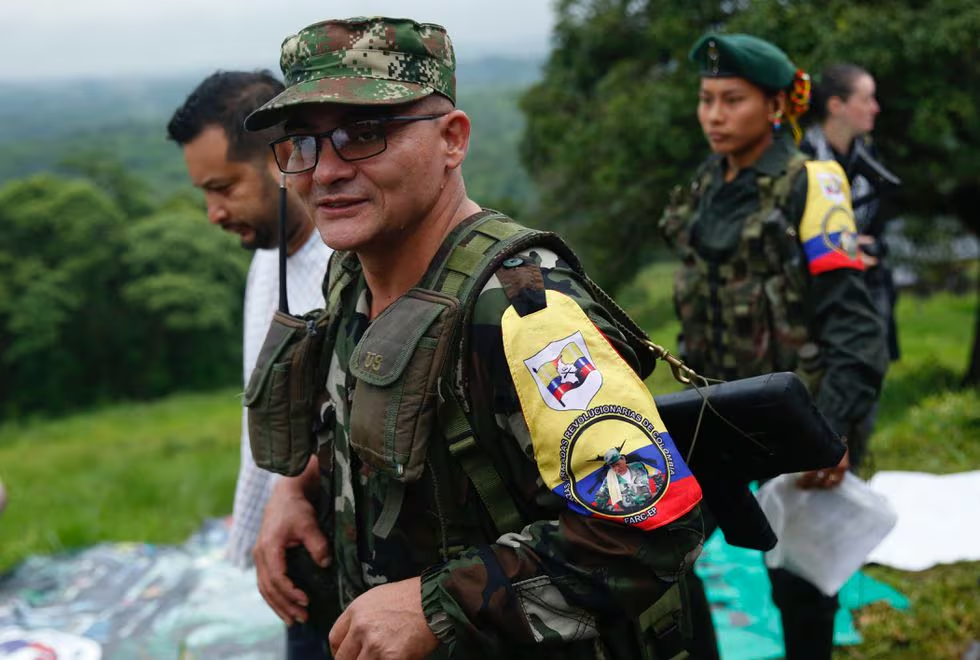
Since then, the FARC has operated as rebels, launching guerilla attacks on military convoys and strategic targets. Despite originally being made up of only 48 fighters, the group’s ranks would swell to the hundreds in later years. For much of its early history, the FARC would be limited to small-scale guerrilla encounters with government forces, but after what has been coined the “Coca Boom,” a period in which the production of cocaine skyrocketed, the group found itself with more funds to allocate to their operations.
The FARC would expand their operations into urban Colombia following the Seventh Guerilla Conference in 1982, largely due to their increase in funds. The group would also begin to send promising troops to the USSR and Communist Vietnam for advanced training.
The FARC would eventually agree to a momentous ceasefire with the government in 2016, which would see the bulk of the FARC disarmed and disbanded. Despite the ceasefire, however, a number of members of the FARC continued their operations against the government and the people of Colombia. This group would be known as the Estado Mayor Central, or EMC for short.

